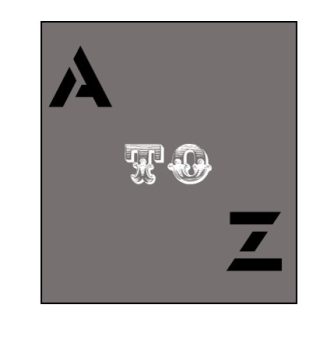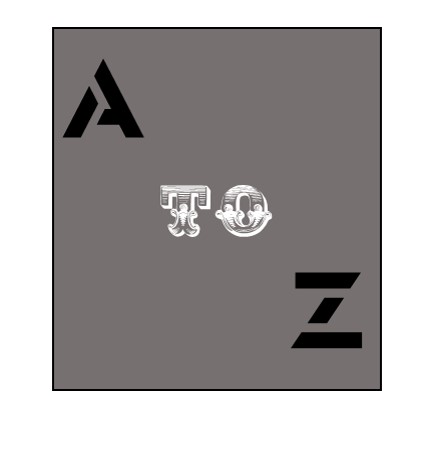Tor Doubles: An Overview

In October of 1988, Tor Books released the first Tor Double, a volume that reprinted Arthur C. Clarke’s 1971 novella Meeting with Medusa with Kim Stanley Robinson’s novella Green Mars. Over the next thirty-five months, they would publish a total of thirty-six books in the series.
In general, there was little to link the two short stories that were published in each volume, although in 1990, Tor experimented with the publication of four Tor Doubles that included a classic story, by authors including C.L. Moore, L. Sprague de Camp, Leigh Brackett, and Roger Zelazny, with original stories that were set in the same world. The following year would see addition original stories published in the series.
Similarly, most of the volumes contained stories by two different authors, however four of the books published in 1991 were single author collections, with two stories each by Gordon R. Dickson, Mike Resnick, Damon Knight, and Fritz Leiber.
Modeled after the Ace Doubles series, the books were initially published in a dos-a-dos format, with each story getting its own cover and bound upside down in relation to the other book, so neither story was first (although the presence of an ISBN code on one side had a tendency to make it feel like the “back” of the book). The four volumes that included sequels were published with a single cover and beginning with volume 27, which included Orson Scott Card’s Eye for Eye and Lloyd Biggle, Jr.’s The Tunesmith, all the volumes were published in the more traditional format.

